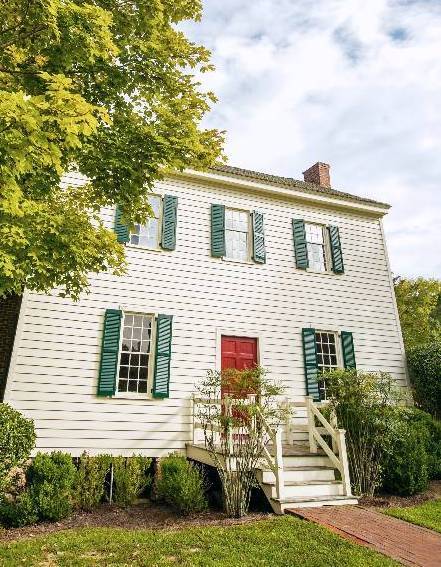Breadcrumb
Tar River Center
Mission
The Tar River Center for History and Culture at Louisburg College (TRCHC) promotes a sense of community and shared history by helping citizens of all ages and backgrounds to explore the rich architecture, culture, and history of the Upper Tar River region of North Carolina. The TRCHC works with local governments, private organizations, educational institutions, and individuals to develop the region's historical and cultural assets, foster economic development, and promote knowledge of the past.
History
The Tar River rises in Person County, near Roxboro, and becomes the Pamlico River at Washington, in Beaufort County. The Upper Tar River Basin includes several tributaries, including Fishing, Lynch, Swift, and Sandy Creeks. Counties in the region - Edgecombe, Franklin, Granville, Halifax, Nash, Vance, and Warren-are primarily rural in nature, with substantial areas of land devoted to agriculture and forestry.
The region is rich in culture and history. Native Americans inhabited the area before white settlers, many from Virginia, arrived in the eighteenth century. The Haliwa-Saponi Tribe remains. The production of cotton, grains, livestock, lumber, and tobacco has bolstered the region’s economy. Today the National Register of Historic Places lists 230 structures and sites within these counties. From colonial times to the present, this region reflects major trends in North Carolina’s culture.

